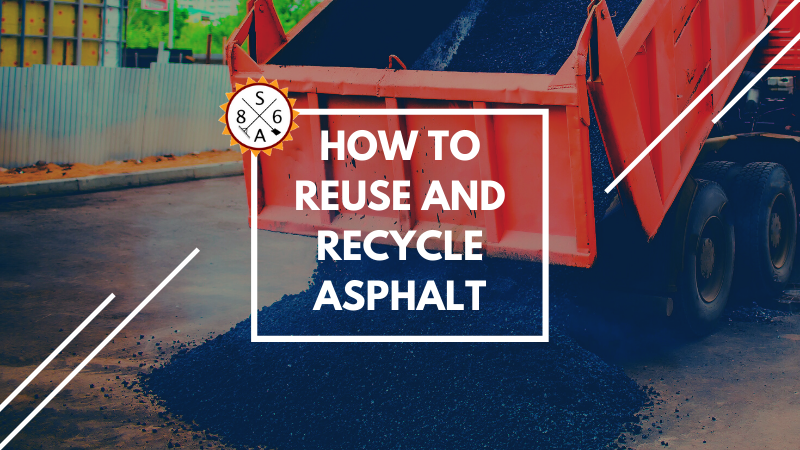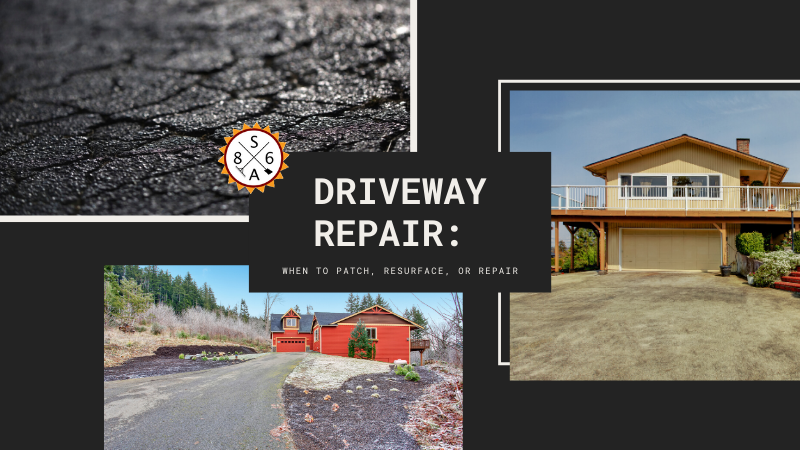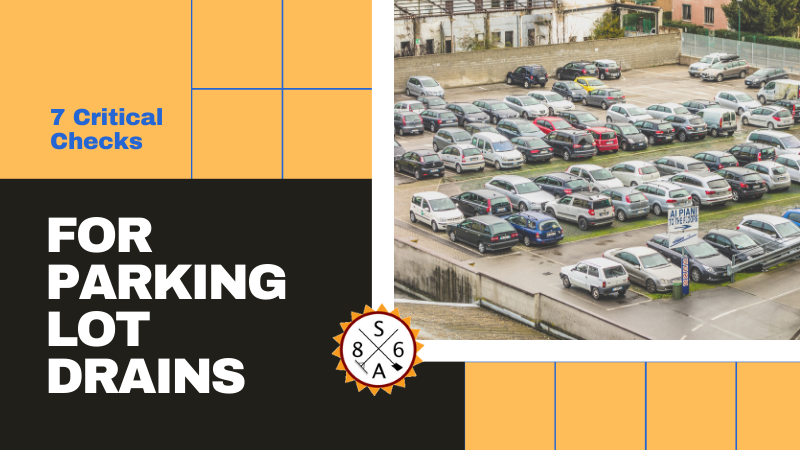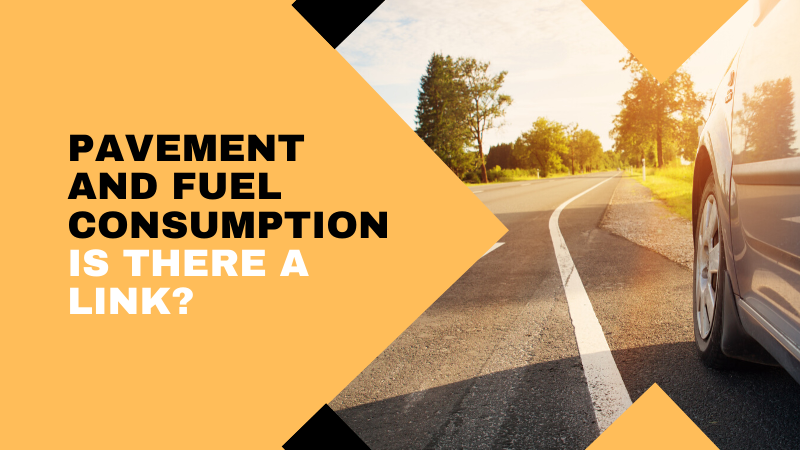
5 Types of Spring Road Hazards
Did you know that many people believe that during the spring season is the safest period to venture into the roads, unaware of the concrete problems that await them? Research undertaken by the US department of transport shows that drivers are cautious during winter when its ice snowy as compared to the warmer spring season.
As winter fades away and ushers in longer days and intense sunshine, more drivers in the country will be hitting the concrete roadways with overconfidence attitude because the ice has started to thaw. This assumption is not the case because, with the melting ice, new hazards crop up, creating real problems which end up disastrous.
During this anticipated and exhilarating moment of the spring season, hazards range from wet parking lot pavers, a proliferation of motorists, motorcyclists, bicyclists, and animals emerging from their hibernation to constant rainfall and hailstorms.
If you are a business owner, you should be aware of the following spring road hazards before embarking on a business trip or mission on the roads.
Active animals
Many animals hibernate during winter. When spring season starts, these animals initiate their nature and start migrating, mating, and looking for food. These animals can cross the roads abruptly without signaling, especially at dusk or dawn, when its harder to spot them.resulting to an accident.
Potholes
After the snow and ice vanishes through the thawing process in winter, it leaves dents on concrete roadways.plowa are deployed to tend the road during winter boring out chunks of the way leaving behind enormous potholes. Consequently, during the cold season, potholes are filled with ice and snow; hence their impact on automobiles and drivers is greatly minimized. When spring sprouts, ice, and snow thaws leave deep potholes that damage vehicles, they lead to accidents. Hitting potholes culminates in concrete problems like bent rims, malignment of your car, popping tires, and damaging suspension. Freezing and thawing lead to contracting and disintegration of concrete on pavements and parking lot pavers, leading to more extensive and expensive repairs.
Frequent rainstorms
According to a survey released by the federal highway administration, the rain was responsible for 46%of all weather-related accidents from 2005-2014. Storm proves to be the most treacherous weather-related driving hazard, especially when it mixes oil residue on wet pavement inducing hydroplaning. Heavy rainfall laden with wind can impede visibility and flood out roads quickly, making the paths slippery. These slippery roads reduce your vehicle handling ability leading to concrete problems like swerving, hydroplaning, and reduced tire traction caused by big puddles
Increased Motorcyclists and Bicyclist
During the warmer spring season, many motorcyclists and bicyclists will be hitting the road, this means that there will be increased traffic culminating into increased accidents. Due to the small sizes of motorcycles and bicycles, it becomes difficult to see them at a distance. This invisibility can result in an increased risk of accidents/deaths if the drivers don’t exercise extra caution since there are many distractions within his/her visibility. Drivers are encouraged to share the roads with them cautiously when nearing them to mitigate the chances of accidents.
Floods
The emergence of spring brings warm weather and longer days. However, it supersedes a variety of conditions that could be hazardous. These include heavy rains and rapid snowmelt, which aggravates the risk of flooding. This peril becomes a nightmare for drivers because fast-flowing water exerts pressure to contact areas like concrete pavements, hence reducing your vehicle’s handling ability.
Road trips during lovely spring weather can be the most breathtaking expedition as a driver. However, it’s of paramount importance to remember this can abruptly turn into a catastrophe. Being aware of spring road hazards can help you to navigate safely hence reducing chances of probable accidents.
Did you know that many people believe that during the spring season is the safest period to venture into the roads, unaware of the concrete problems that await them? Research undertaken by the US department of transport shows that drivers are cautious during winter when its ice snowy as compared to the warmer spring season.
As winter fades away and ushers in longer days and intense sunshine, more drivers in the country will be hitting the concrete roadways with overconfidence attitude because the ice has started to thaw. This assumption is not the case because, with the melting ice, new hazards crop up, creating real problems which end up disastrous.
During this anticipated and exhilarating moment of the spring season, hazards range from wet parking lot pavers, a proliferation of motorists, motorcyclists, bicyclists, and animals emerging from their hibernation to constant rainfall and hailstorms.
If you are a business owner, you should be aware of the following spring road hazards before embarking on a business trip or mission on the roads.
Active animals
Many animals hibernate during winter. When spring season starts, these animals initiate their nature and start migrating, mating, and looking for food. These animals can cross the roads abruptly without signaling, especially at dusk or dawn, when its harder to spot them.resulting to an accident.
Potholes
After the snow and ice vanishes through the thawing process in winter, it leaves dents on concrete roadways.plowa are deployed to tend the road during winter boring out chunks of the way leaving behind enormous potholes. Consequently, during the cold season, potholes are filled with ice and snow; hence their impact on automobiles and drivers is greatly minimized. When spring sprouts, ice, and snow thaws leave deep potholes that damage vehicles, they lead to accidents. Hitting potholes culminates in concrete problems like bent rims, malignment of your car, popping tires, and damaging suspension. Freezing and thawing lead to contracting and disintegration of concrete on pavements and parking lot pavers, leading to more extensive and expensive repairs.
Frequent rainstorms
According to a survey released by the federal highway administration, the rain was responsible for 46%of all weather-related accidents from 2005-2014. Storm proves to be the most treacherous weather-related driving hazard, especially when it mixes oil residue on wet pavement inducing hydroplaning. Heavy rainfall laden with wind can impede visibility and flood out roads quickly, making the paths slippery. These slippery roads reduce your vehicle handling ability leading to concrete problems like swerving, hydroplaning, and reduced tire traction caused by big puddles
Increased Motorcyclists and Bicyclist
During the warmer spring season, many motorcyclists and bicyclists will be hitting the road, this means that there will be increased traffic culminating into increased accidents. Due to the small sizes of motorcycles and bicycles, it becomes difficult to see them at a distance. This invisibility can result in an increased risk of accidents/deaths if the drivers don’t exercise extra caution since there are many distractions within his/her visibility. Drivers are encouraged to share the roads with them cautiously when nearing them to mitigate the chances of accidents.
Floods
The emergence of spring brings warm weather and longer days. However, it supersedes a variety of conditions that could be hazardous. These include heavy rains and rapid snowmelt, which aggravates the risk of flooding. This peril becomes a nightmare for drivers because fast-flowing water exerts pressure to contact areas like concrete pavements, hence reducing your vehicle’s handling ability.
Road trips during lovely spring weather can be the most breathtaking expedition as a driver. However, it’s of paramount importance to remember this can abruptly turn into a catastrophe. Being aware of spring road hazards can help you to navigate safely hence reducing chances of probable accidents.




